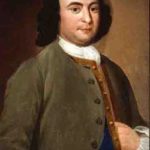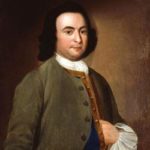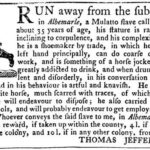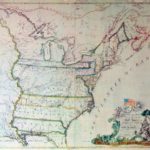At the Constitutional Convention in Philadelphia, delegates analyzed, argued, and debated the new Constitution. George Mason, a Virginian, pleaded with the fifty-five delegates for the inclusion of a list of guaranteed rights. Mason (sometimes referred to as the “father of the Bill of Rights”) wanted the new Constitution to guarantee freedom of speech, press, and religion, and the right to a fair jury trial. He also wanted to include the freedom to vote.
Act IV: How Did the Constitutional Convention Conclude?

This short video analyzes the final days of the Convention, when the delegates were eager to leave but also mindful of the work they had accomplished. They were “smart people who had learned from spending 88 days together” and even those opposed to the Constitution (Randolph, Mason, and Gerry) had the opportunity to dissent. Professor Gordon Lloyd agrees with Franklin that the Constitution did not achieve perfection but, rather, created a “more perfect union.”
Forgotten Founders

This short video examines why some Founders have been “forgotten” by subsequent generations. Some individuals, like John Dickinson, found themselves “on the wrong side of history”. Others, like Samuel Adams, played no further role on the national stage. Professor Daniel Dreisbach explains how an early death (e.g. George Mason) or a minimal written record also contributed to some Founders being “forgotten.”
Patriotism Crosses the Color Line: African Americans in World War II
Professor Clarence Taylor reminds us of the role African American soldiers played in the conflict—and the role their military service played in shaping the racial politics that followed in peacetime. This essay helps us appreciate the complexity of mobilization for modern warfare and drive home the impact of events on the world stage upon domestic affairs. Free registration for students and teachers required to access resource.
Article VII: Ratification
After months of debate during the hot Philadelphia summer, on September 17, 1787, the Constitutional Convention finally adjourned and the new Constitution was signed, but it was not the law of the land yet. According to Article VII of the document, nine of 13 states would have to ratify (or approve) the new Constitution before it would officially replace the Articles of Confederation as our governing document.
Thomas Jefferson and Slavery

Thomas Jefferson, the man who wrote the famous line “all men are created equal,” was a life-long slave-owner. Over the course of his life, he would own 600 human beings, and at any given time there would be roughly 100 slaves living and working on and around Jefferson’s plantation and farms. This handout describes Thomas Jefferson’s views on slavery.
States, Slavery, and the Constitution

This short video assesses sectional differences at the Convention about slavery. New England delegates saw slavery as a moral issue beyond the scope of their deliberations; representatives from the Middle States were generally opposed to slavery on moral and economic grounds; and Southerners were insistent on protection for both slavery and the slave trade. Professor John Kaminski analyzes how the conflict was resolved by denying Congress any power to regulate the trade until 1808.